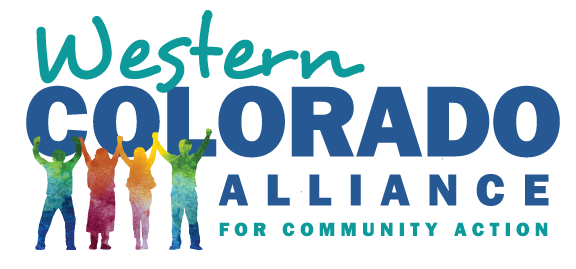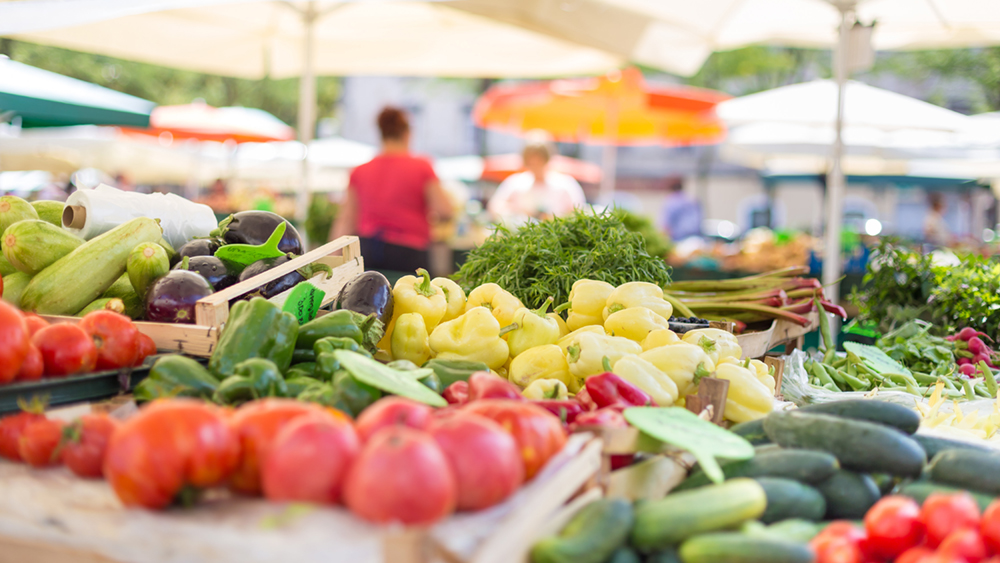- An Alliance For Community Action
- (970) 256-7650
- info@WesternColoradoAlliance.org
The handshake economics of farmers markets
Farmers like to refer to it as “handshake economics.” The idea is for consumers to connect more with where their product comes from, and who’s growing it. In a world where shopping is more about the clicks of the mouse than conversations of the mouth, meeting with the producer of your food is a special experience.
Growing that relationship is what makes farmers markets so special. Farmers markets are not only a fun way to connect with a multitude of local producers, but are also a major economic boon for growers, and are quite available to people across the west.
In our pursuit of a more equitable food system and self-reliant economies, farmers markets are a resource to keep in mind.
For many local farmers, farmer markets are their biggest money maker. Producers typically earn about 15 cents on the dollar from purchases made at a traditional grocery store, whereas farmers take home nearly all of the income from a farmers market sale.
A study by Cornell Extension adds that not only does more money go into the lands of a local grower, every dollar has a multiplier effect of 48 cents that is put into the local economy. For many farmers in our Alliance, a majority of their profit comes from farmers markets.
Farmers markets are not only beneficial to the producers, but also the consumer. For instance, shopping at farmers markets is a great way to improve your diet:
Producers enjoy speaking with their customers, and often will share tips and best practices for food
preparation.
At many farmers markets, one can find an assortment of foods that may be new to the buyer’s palate.
Adding variety to a diet is a great way to increase one’s health.
Buying from a farmers market also lowers your carbon footprint. Many grocery store purchases travel thousands of miles to land in your cart. Because small producers must shoulder 100% of travel costs, they are incentivized to stay closer to their farms. Our eating foods grown nearby not only helps the planet, but the nutrition level is also higher, as food is fresher.
There is some room for improvement of farmers markets, access being a major one. Though farmers markets are generally located in highly populated areas, through gentrification, many divested populations are pushed farther out of the city centers, limiting their access to the freshest foods. Ideas for increasing access to farmers markets include increasing public transportation opportunities on market days, rotating areas of the market, or having smaller satellite markets.
There are programs available for low-income families shopping at farmers markets. For example, Colorado, as part of the Supplemental Nutrition Assistance Program (SNAP), will match purchases of up to $20. If you, or someone you know, uses SNAP, check in with a farmers market representative, and they should be able to help.
While farmers markets are compatible with and reflect many beliefs of our Alliance, we can continue to advocate for improvements, especially if those improvements help make them more equitable to all.
Before moving to Grand Junction, Nick was a teacher on the front range. His wife and he moved to Grand Junction in 2018 and have loved living here ever since. Nick has been involved in several local campaigns. Nick worked with Western Colorado Alliance in the Grand Junction community center campaign and helped during the 2020 Lobby Trip to Denver before officially becoming an organizer specializing in the areas of public lands and local foods.


